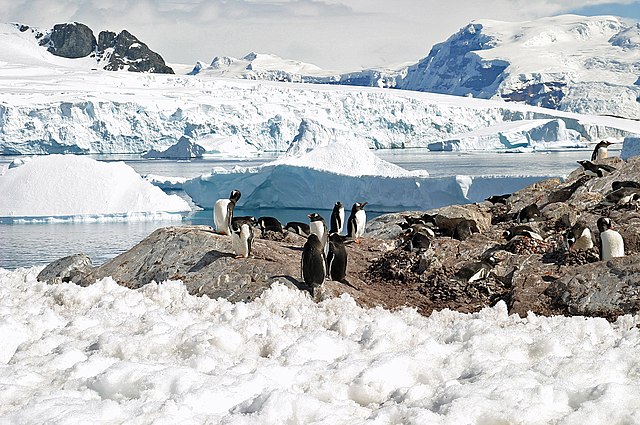Officials have confirmed the arrival of the H5N1 avian influenza virus to the mainland of Antarctica for the first time.
On Friday, the virus was detected in two deceased scavenging birds, known as skuas, near Primavera Base, the Argentinian scientific research station situated on the Antarctic peninsula.
Further suspected cases have been reported among brown skuas, south polar skuas, and kelp gulls in Hope Bay, also located on the Antarctic peninsula, as per information provided by the Scientific Committee on Antarctic Research.
These are the inaugural documented instances of the virus occurring directly on the continent itself, indicating its dissemination within the region, likely facilitated by migratory birds.
Global Impact of H5N1 Outbreak

This outbreak of H5N1 avian influenza is believed to have resulted in the deaths of millions of wild birds worldwide since 2021, and it has spread to all continents except Oceania.
The avian flu reached the broader Antarctic area in October of the previous year when it was observed on sub-Antarctic islands.
At first, the virus was discovered on the British overseas territory of South Georgia and the South Sandwich Islands, located about 1,000 miles (1,600km) from the continent of Antarctica.
It was also detected in the Falkland Islands, located 600 miles northwest of South Georgia.
Initially, the virus was detected in avian species such as gulls, skuas, and terns; however, subsequent findings revealed its presence in albatrosses, penguins, and southern fulmars. Moreover, it has extended its reach to Antarctic mammals, leading to significant mortality among elephant seals and fur seals.
Additionally, the virus is causing widespread devastation among wildlife populations in the Arctic. In December, confirmation was received that the first polar bear succumbed to H5N1.
H5N1 Impact: Vulnerable Penguins in South America
Argentinian scientists discovered the deceased birds from mainland Antarctica and forwarded them to researchers from the Severo Ochoa Center for Molecular Biology in Madrid, who were stationed at the Spanish Antarctic base on Deception Island.
Past outbreaks in South Africa, Chile, and Argentina have indicated the vulnerability of penguins to the virus.
Since the arrival of H5N1 in South America, over 500,000 seabirds have perished from the illness, with penguins, pelicans, and boobies being among the most severely impacted species.
